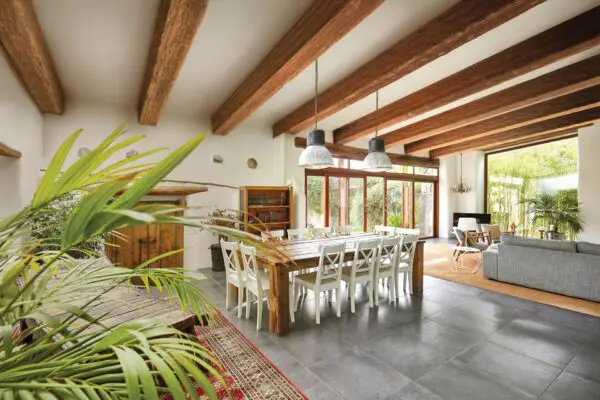Column Bases—The Hidden Heroes Supporting Buildings
A column base acts as a critical transitional element in structural systems, which connects vertical columns to underlying floor slabs and footings. These essential base components evenly spread concentrated column loads across an expanded area to transfer forces down into the supporting substructure foundations. Both concrete and structural steel buildings utilize various column base designs…






